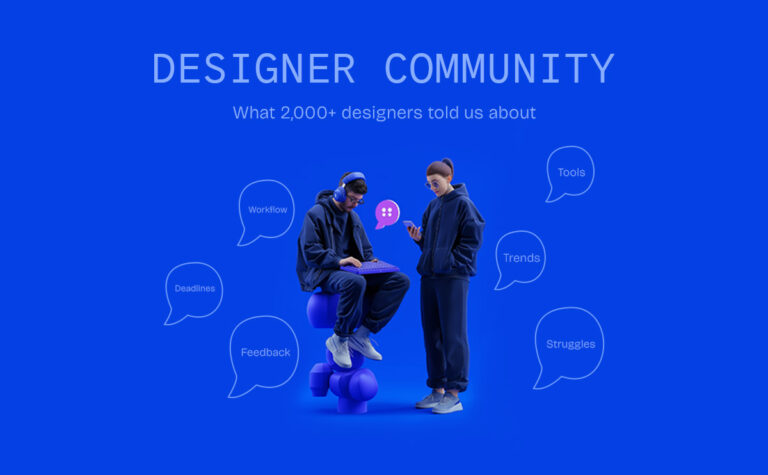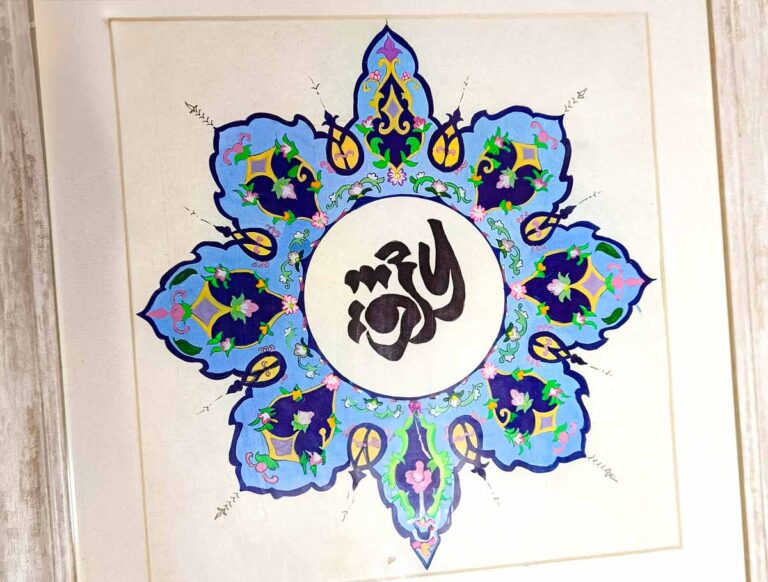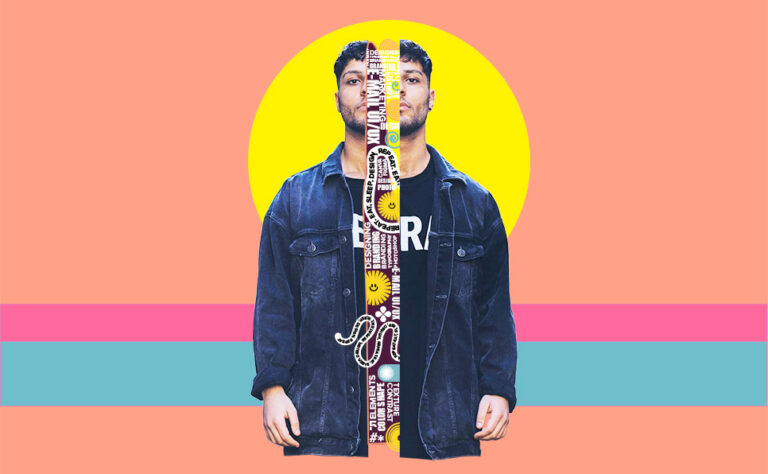
Rahul Awasthi, a seasoned designer with 10+ years of experience, has crafted impactful design strategies for top brands like Times Internet, OLX India, and Justdial. He believes that design is more than aesthetics—it’s about creating meaningful experiences that connect people to brands on a deeper level.
The Early Days: Pen, Paper, and Principles
It’s incredible to reflect on how design once revolved around tangible tools like pen and paper. Designers spent countless hours crafting visuals by hand—drawing, painting, and carefully arranging each element. This slower, deliberate process laid the foundation for everything we do today. Fundamental design principles such as balance, contrast, and symmetry were paramount, and they remain vital now.
The Digital Shift: From Paper to Pixels
The arrival of computers changed design forever. Tools like Photoshop and Illustrator empowered creatives to work faster and experiment more boldly. What once took days now only took hours. The medium shifted from physical paper to digital screens, and designers had to adapt quickly. This digital transformation expanded the possibilities for creativity.
The UX/UI Revolution: Designing for Experience
Design’s evolution didn’t stop at appearance. The internet age brought a focus on how things work, not just how they look. UX (User Experience) and UI (User Interface) design emerged to improve how users interact with websites, apps, and digital products. Designs became more functional, user-friendly, and intuitive. Creating useful, meaningful experiences became as important as crafting visually appealing ones.
The Future is Now: AI and Immersive Technologies
Today, in 2025, design is electrified by new possibilities. Artificial intelligence assists in automating repetitive tasks, freeing designers to focus on creative and strategic work. Platforms like Adobe and Figma integrate AI to enhance workflows and inspire innovation.
Meanwhile, immersive technologies like 3D design, augmented reality (AR), and virtual reality (VR) are transforming how audiences engage with brands. We can now create interactive environments where users participate in the story, exploring virtual spaces or previewing products through AR before purchase. These technologies are reshaping the boundaries of design.
Human-Centered Design: Sustainability and Inclusion
Beyond technology, design is becoming increasingly conscious and inclusive. Sustainable design practices prioritize environmental responsibility by minimizing digital waste and encouraging modular, reusable content. Inclusive design ensures accessibility for all users, regardless of ability, enhancing usability and equity. These values redefine what good design means today.
Evolving Aesthetics: Bold, Minimal, and Experimental
Aesthetically, 2025 embraces minimalist designs enriched with bold colors and experimental typography. Designers experiment with animated fonts, distorted shapes, and vibrant palettes while balancing readability. Motion graphics and micro-interactions add dynamic, welcoming touches that make digital experiences enjoyable and clear.
What’s Next for Design?
Design’s journey from pen and paper to immersive digital realities is ongoing. Its future lies in combining human creativity with advancing technologies and deeper empathy. Designers will continue shaping how we connect with the world and each other. For those in this evolving field, it’s an exciting time—the story is just beginning.
Liked this post? Check out our guide on ‘How Visual Design Tells a Powerful Story‘ to elevate your design skills further!





